Home » Pest Control Services » Spiders
Spider infestations are extremely common in Wisconsin, especially during the winter months. As temperatures drop, spiders seek out warm, dark spaces to shelter—often making their way into basements, HVAC systems, closets, and even bed sheets. When spring returns and temperatures rise, they become more active, venturing into living spaces and outdoors in search of food.
While over-the-counter bug spray may take care of the occasional spider, it’s no match for a full-blown infestation. At Strib Pest Control, our experienced exterminators identify the species and extent of the infestation, then implement effective, targeted treatments. We use pet-friendly pest control solutions and help you pinpoint and seal potential spider entry points to prevent future invasions.
From Milwaukee and its suburbs to Racine and Kenosha, we’ve got southeastern Wisconsin covered—with no gimmicks, just pest control.
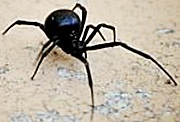
The black widow spider is glossy black, or dark to light brown, measuring up to ¾ inch with an abdomen 3/8 inch in diameter. Black widow spiders can be identified by asymmetrical, scaffold-type webs. The webs are typically found in areas offering protection, like piles of boxes, boards, and firewood. Intense cramping and body pain are common symptoms of a black widow spider bite.
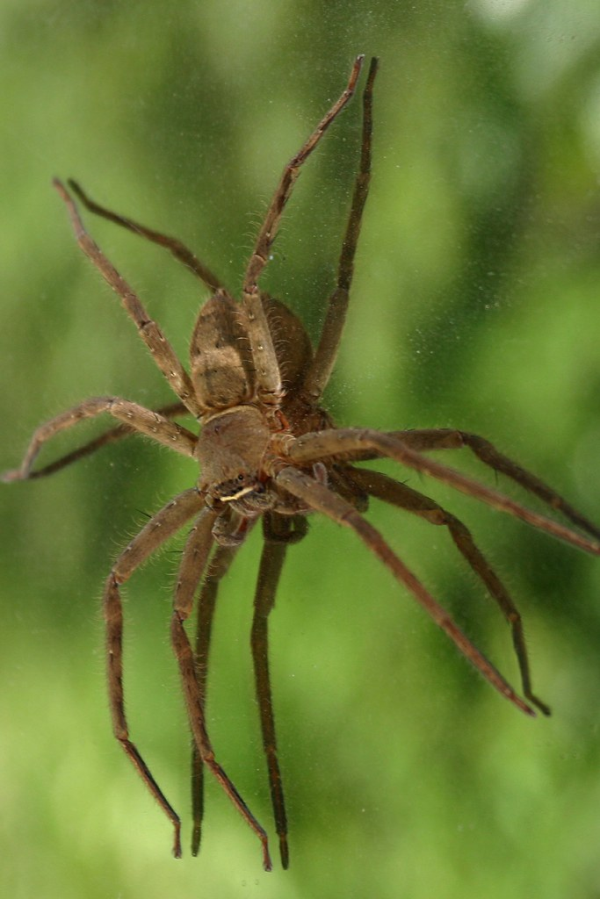
The brown recluse spider is dark or light brown, with a 5/8 inch body length. It is identifiable by the violin shape behind the head. Brown recluse spiders construct webs in suitable indoor corners or out where activity is minimal and food is plentiful. They are typically found in basements, crawl spaces, and garages. The brown recluse spider bite is very harmful, causing open sores.

The cellar spider is cream-colored, with a very thin shape measuring up to ¾ inch long. Cellar spiders are identifiable by the huge, tangled webs. The webs are commonly found in dark areas like basements, sheds, crawl spaces, garages, and warehouses.
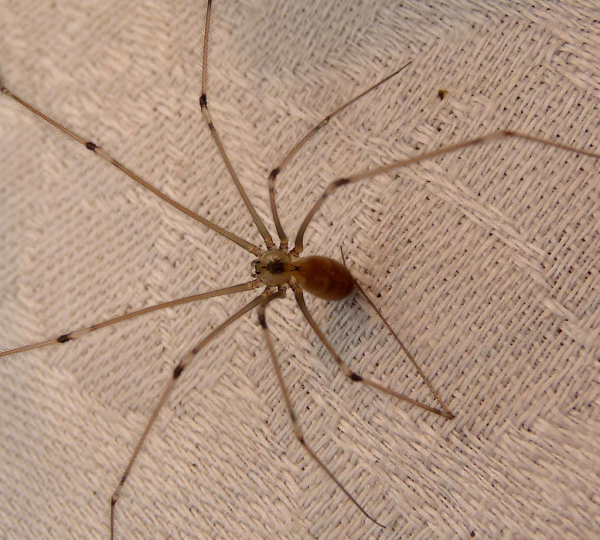
Daddy longlegs belong to a group of arachnids known as harvestmen. They appear to have a one-piece oval body. Most daddy longlegs are varying shades of brown and feed on insects and plants near outdoor lights.
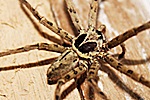
The domestic house spider is brownish gray with numerous multi-colored markings, with bulbous bodies measuring up to one inch. Domestic house spiders prefer to spin webs near holes and cracks that offer ideal locations for the funnel hideout. The webs are commonly found in outdoor vegetation, crawl spaces, garages, and basements.

The garden spider is black and yellow, measuring up to 1.5 inches. They are identifiable by the enormous, flat sphere-shaped webs they spin across along the flight paths of insects posing as potential food. The webs are commonly found in fields, forests, and yards.
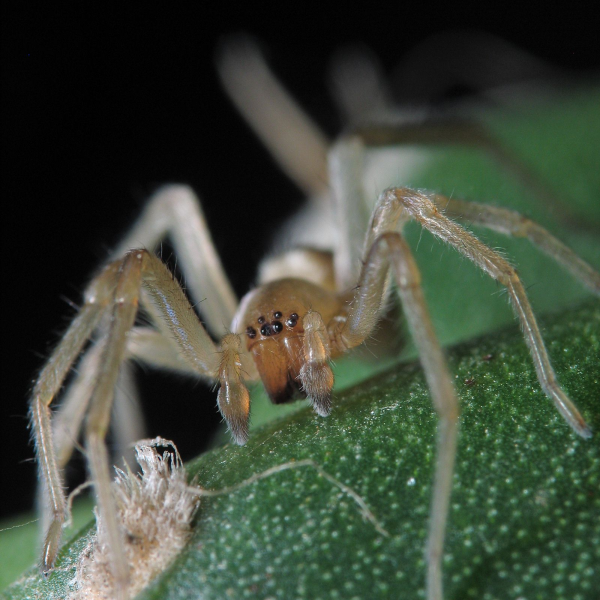
The ground spider is typically brown, occasionally dusted in orange or red markings, and usually less than ½ inch in length. Ground spiders are non-web-spinning hunting spiders preferring to chase prey on foot. They can be found dashing down baseboards and hiding under appliances and furniture.
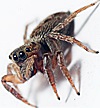
The jumping spider has earth-tone coloration and is one of the fastest moving spider species, capable of jumping 25 times their own size. Indoors, jumping spiders live near insects in planters, wall cavities, and window sills.
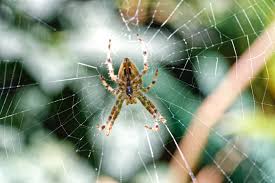
The orb weaver is vibrantly colored with red and black markings on a white abdomen, usually less than a ½ inch long. Orb weavers are named after and identifiable by the orb-shaped webs they weave in trees and shrubs, windows, soffits, and other building crevices and their colorful appearance.
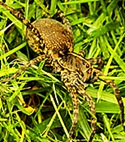
Wolf spiders are hairy with dull coloring, measuring up to 1.5 inches long. They nest in piles of clutter and mulch, under decks, porches, and baseboards and near entry points like door and window frames.
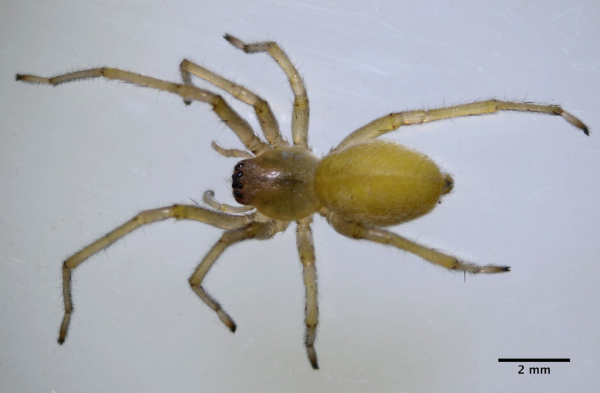
Yellow-sac spiders are pale, yellowish-green, measuring about ¼ inch in length. The yellow-sac spider is one of the most prolific spider biters in the United States. The bite is non-severe, leaving a reddened area between one to several inches round with a white pustule.
Contact Strib Pest Control today for more information about our residential and commercial cricket extermination!
With Strib Pest Control, you’ll get tailored solutions designed specifically for your spider problem. Unlike other pest control companies that advertise a “cheap fix,” we often find their methods fall short and don’t provide lasting results. Our team is well-compensated, which means they’re never rushed and always focused on doing the job right, completely eradicating the issue at hand.
Your pest problem is our priority, and we’ll never upsell you on services or programs you don’t actually need. At Strib, there are no gimmicks, just straightforward, honest pest control you can trust.
Contact Strib’s Pest Control today for more information about our residential and commercial Wisconsin Spider pest control services!